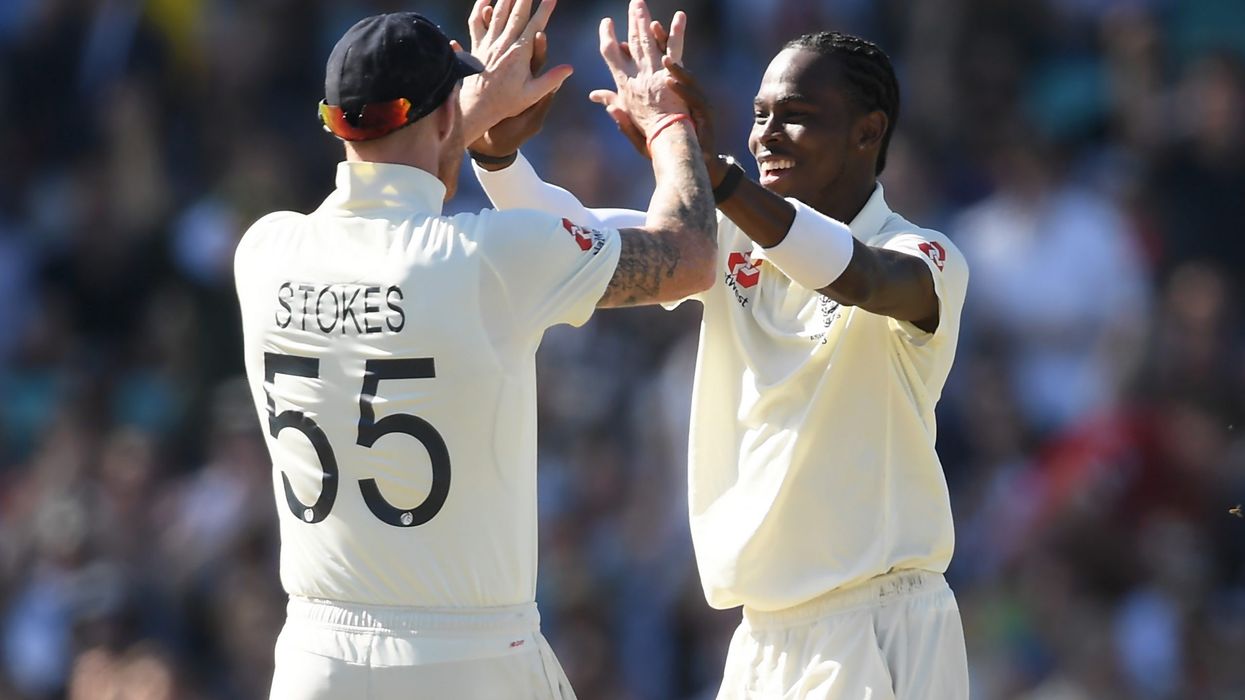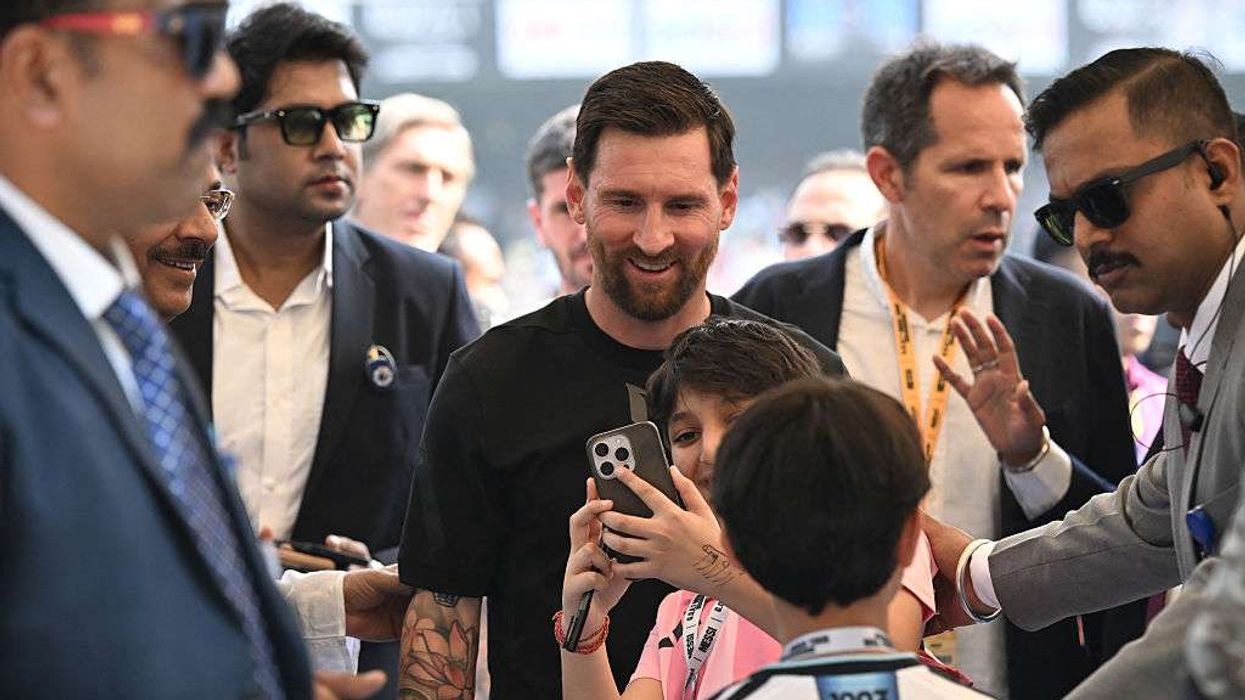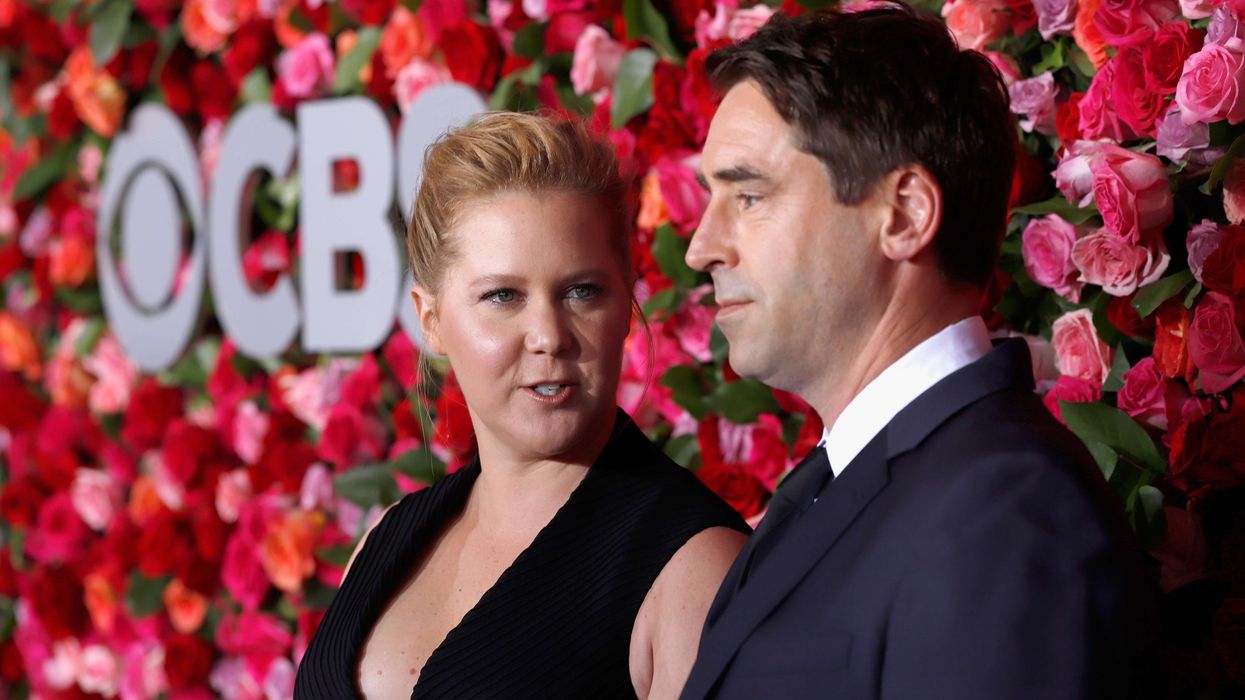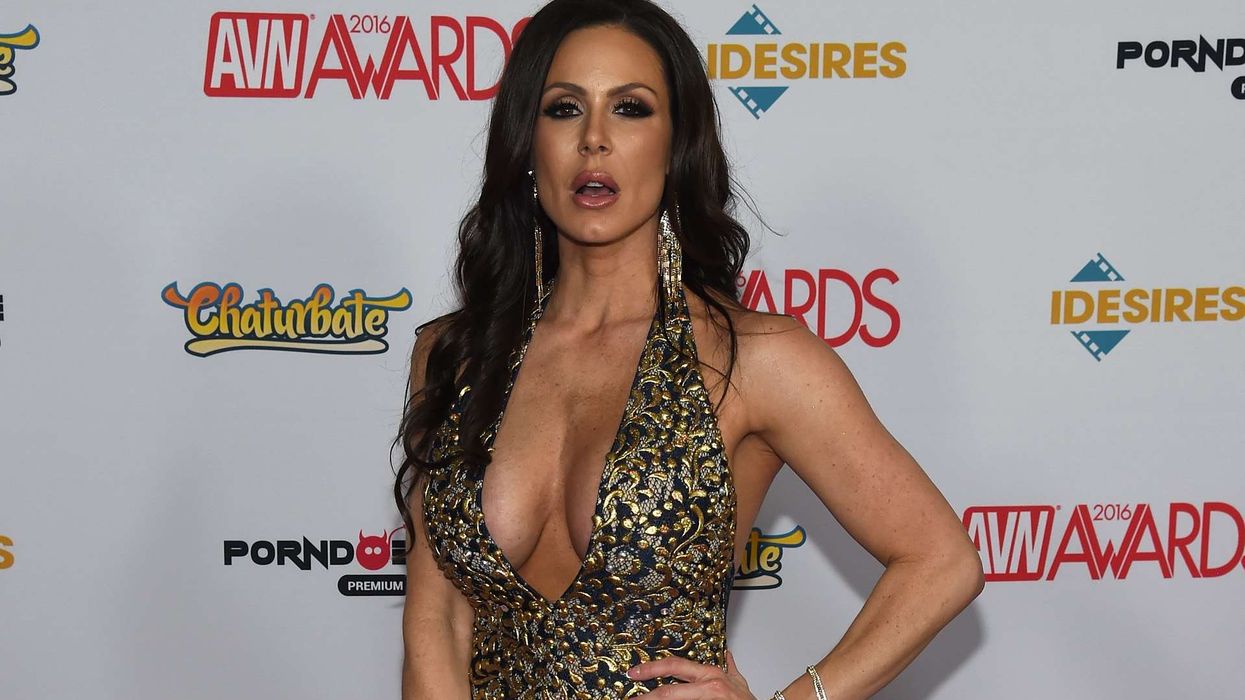ENGLAND stars Ben Stokes and Jofra Archer have been released by their IPL team Rajasthan Royals ahead of the auction as franchises on Tuesday (30) announced names of retained players.
England's Eoin Morgan and David Warner of Australia also parted ways with Kolkata Knight Riders and Sunrisers Hyderabad respectively, with teams looking to rebuild their squads for the next three-year cycle starting next year.
The 2022 edition will have two new teams from Ahmedabad and Lucknow, bringing the total to 10 for the lucrative T20 tournament that attracts global stars to India.
Both Stokes and Archer missed the second leg of this year's tournament in the United Arab Emirates through injury, with Stokes also saying his absence was to help protect his mental health.
Royals retained three players including skipper Sanju Samson and England batsman Jos Buttler ahead of the upcoming edition.
"We had to take a lot of factors into consideration while making this decision and would have ideally liked to have gone with four players but the uncertainty surrounding Jofra's long-term injury forced us to retain only three," Kumar Sangakkara, Royals director of cricket, said.
"It was certainly a tough decision to make, but we are delighted to confirm that Sanju (Samson), Jos and Yashasvi (Jaiswal) will be staying with us as the backbone of our team."
Kolkata will be looking for a new captain after releasing Morgan, who led them to the final this season, losing to MS Dhoni's Chennai Super Kings at the Dubai International Stadium on October 15.
Warner's exit from Hyderabad, who have retained skipper Kane Williamson, looked imminent after ties with his franchise turned sour following being dropped mid-tournament.
The swashbuckling opener, who played a key part in Australia's maiden T20 World Cup title win this month with 289 runs, was also removed as Hyderabad captain in the first leg of IPL this year.
Kohli's pay cut
India superstar Virat Kohli will stay at Royal Challengers Bangalore after stepping down as captain of the franchise but taking a pay cut.
Kohli, who previously had the biggest IPL annual salary of $2.7m, has been retained for $2 million.
"Did not have any second thoughts. Amazing journey and continues for three more years," said Kohli.
"I believe the best is yet to come. Committed as ever as an RCBian. We hope we make you (fans) very proud. You will see a different version of me but I will be there with my heart and soul."
Australian allrounder Glenn Maxwell and Indian quick Mohammed Siraj have been retained by Bangalore who are still searching for their maiden IPL title.
Rohit Sharma, captain of five-time champions Mumbai Indians, Ravindra Jadeja (Chennai Super Kings) and Rishabh Pant (Delhi Capitals) have been retained for $2.13m.
Current champions Chennai have retained Dhoni, Jadeja and England allrounder Moeen Ali.
South African seamer Kagiso Rabada (Delhi Capitals) and Afghanistan leg-spinner Rashid Khan (Hyderabad) are also notable omissions from their teams.
All the players who have opted out or failed to make the list of retained players will likely be in the auctions which are expected in late December or early January.
(AFP)






 Amy Schumer confirms marriage to chef Chris Fischer has ended after seven years Getty Images
Amy Schumer confirms marriage to chef Chris Fischer has ended after seven years Getty Images  Amy Schumer announces divorce from Chris Fischer and confirms mutual decision after seven yearsGetty Images
Amy Schumer announces divorce from Chris Fischer and confirms mutual decision after seven yearsGetty Images





